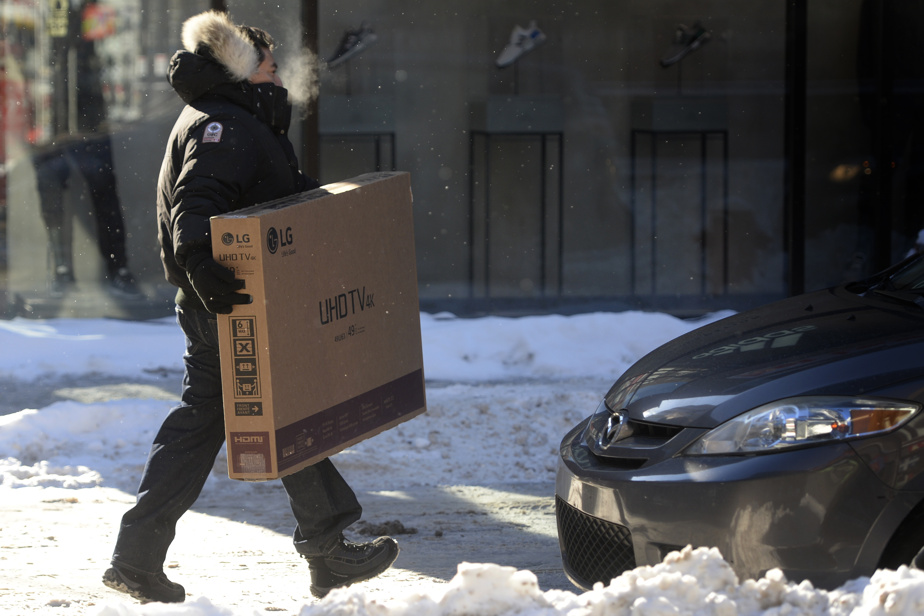I would like to know what explains why inflation is higher in Quebec than in the rest of Canada these days. – Luc Valin
As you have noticed, the increase in prices measured by the consumer price index (CPI) remained at a higher level in Quebec than anywhere else in Canada for almost the entire year 2023.
The inflation rate fluctuates unevenly from one province to another, but why has Quebec been Canada’s inflation champion for so long? Desjardins economist Hélène Bégin has some explanations.
The first is the tighter labor market in Quebec than elsewhere in Canada. The unemployment rate in the province remains the lowest in Canada and the scarcity of labor has pushed wages up, which has supported the prices of products and services.
The purchasing power of consumers has therefore been maintained thanks to employment and better salaries, but also due to the generosity of governments. Like other Canadians, Quebecers received money from the federal government to help them fight food inflation. François Legault’s government, after lowering taxes and sending a $500 check to almost all taxpayers in 2022, froze the rates for government services. The increase in electricity rates was limited to 3%.
Non-essential expenses such as the purchase of recreational vehicles, the purchase of home entertainment equipment and cultural and recreational services have increased more in Quebec than in the rest of Canada, according to Statistics Canada.
This is what exerted greater pressure on prices, believes Hélène Bégin, and kept inflation at a higher level.
There may be another element of explanation, according to the Desjardins economist. The federal child care program has lowered the cost of child care across Canada, except in Quebec, which has had subsidized child care for more than 20 years.
At the end of 2023, the Quebec economy showed obvious signs of running out of steam, with a slowdown in salary increases and a decrease in the savings rate. Reality is therefore starting to catch up with Quebec, and the inflation rate in the province should therefore get closer to the national average. The latest reading of the CPI, that of November, also indicates a reduction in the gap between inflation in Quebec and the Canadian average.
